Surges (indirect lightning etc.) will be earth referenced and so the GDT connection you have shown in your diagram needs to be tied to earth. Of course, if your actual circuit doesn't use an earth then there's no real need to use a GDT as shown; you can allow a surge to raise live and neutral to 2 kV (or whatever surge voltage spec you are working to) and, protection will come from isolation (the right hand component marked XFMR1).
And, if you can dispense with the GDT, you can also dispense with varistor 2 and varistor 3.
Of course XFMR1 needs to have adequate isolation capabilities and may need to be insulation rated as high as 6 kV.
The dotted block immediately to the left of XFMR1 will also be ineffective because it needs the two CM capacitors (C2 and C3) to be connected to earth to reduce CM emissions or susceptibility. I also have concerns about inductor L1 and how it will naturally imbalance CM noise but, it depends what is regarded as the noise source. Personally I would place it to the right of C2 and C3 (should they be connected to earth).
If you leave the GDT in place, surge currents that it conduct will be passed through to the ground on the secondary and, there is no hint in your question that this is proper protective earth. Hence, it's very likely a bad idea.
Since the device doesn't have an earth return, my gut reaction is that
this is not a good idea
I agree.
